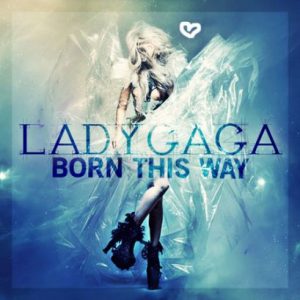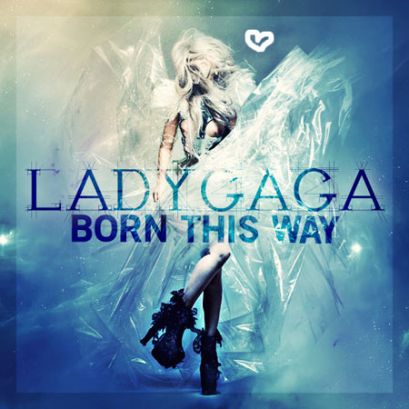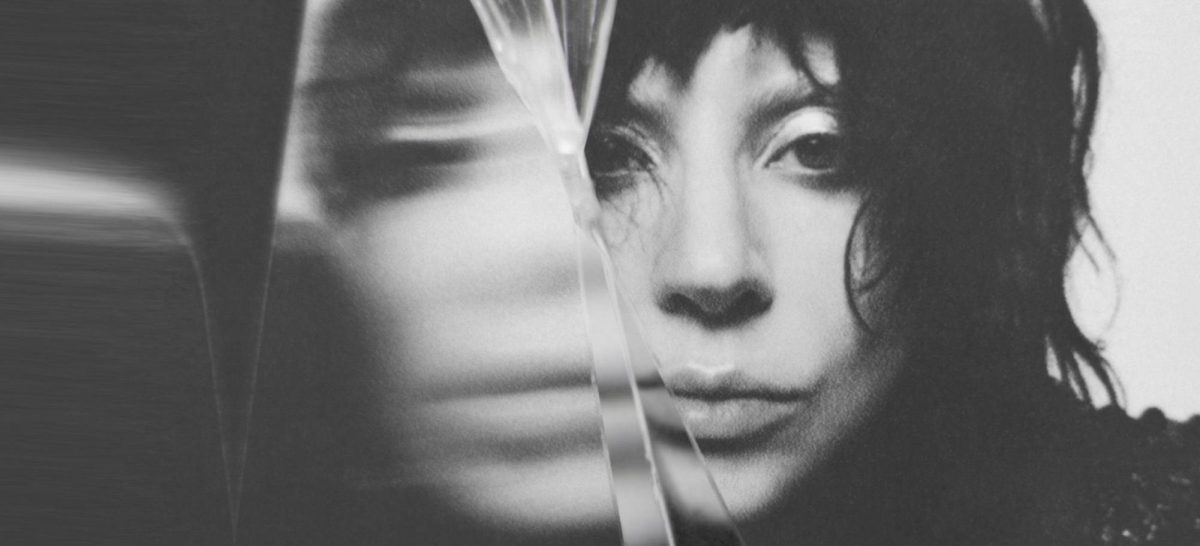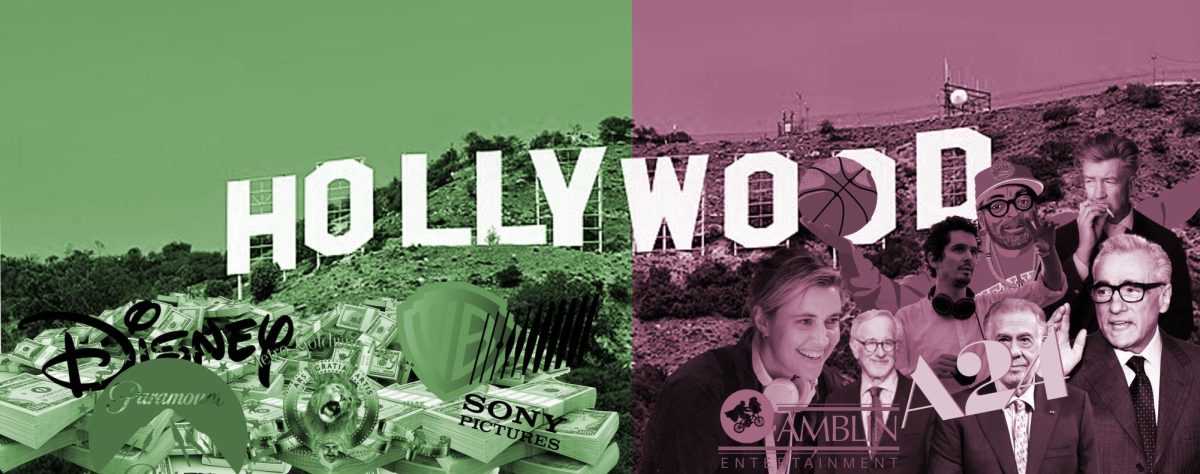
Lady Gaga is one of the most well-known figures in the entire world. Her songs sell millions of copies. She was recently named one of Time Magazine’s “Most Influential People.” She wore a dress made of meat. She is both America’s sweetheart and one of its biggest pariahs. Again, she wore a dress made of meat. The majority of America, however, knows almost nothing about Gaga as a person. And before anyone can understand Gaga’s new album, “Born This Way,” a history of Gaga is needed.
Lady Gaga was born Stefani Joanne Angelina Germanotta on March 28, 1986, was raised Roman Catholic in New York City, used to sing in a hardcore rock band, and grew up wishing she was Madonna. And, though her Wiki page doesn’t specifically say so, she probably saw “Blade Runner” or “Aliens” once or twice. That’s about all anyone needs to know to get a feel for “Born This Way”: it’s a bizarre amalgamation of angry Catholic school girl, urban hell, violent sci-fi dreamscape, and hair metal paradise. And Madonna. It’s a mix of unapproachable oddity and lovable pop diva. It’s 20-plus tracks of Gaga’s life.
The album starts similarly to past efforts (“The Fame” and “Fame Monster”) with “Marry the Night”: the hook, “M-m-m-marry the night,” feels all too familiar to “P-p-p-pokerface” or “J-j-j-just dance.” Gaga, however, quickly breaks new ground, with the current hit-single “Born This Way” and upcoming singles “Judas” and “Government Hooker.” And all three of these songs indicate the tone of the rest of the album: self acceptance, sex appeal, Catholic heresy, sci-fi cheesiness, epic vocal hooks. In “Heavy Metal Lover,” she talks about “whiskey mouths” and backstage encounters with rock stars. In “Electric Chapel,” she sacrilegiously combines Catholicism with rave culture, urging “Pray for your sins/ right under the glass disco ball.” And sometimes she channels her love of fashion and sci-fi into productive anger, such as in “Electric Unicorn”: “when she’s got a rainbow syrup/ And her heart that she bleeds/ They don’t care if your papers or your love is the law/ She’s a free soul burning roads with a flag in her bra.”
The best songs on the album are those that combine all of the themes into a complete portrait of Gaga. In “Hair,” over a cacophonous and violent accompaniment, Gaga combines fashion and religion, “I’ve had enough/ And this is my prayer, I swear/ I’m as free as my hair.” And, in “Edge of Glory,” the album’s epic, Springsteen-esque closer, Gaga combines love, counterculture, and theology in glorious fashion: “I’m on the edge of something final we call life tonight/ Alright, alright/ Put on your shades ‘cause I’ll be dancing in the flames.” These tracks combine Gaga’s own unique viewpoint with certain universal truths and, as a result, are not only album highlights but great pieces of music.
Unfortunately, not every track on the album is a standout. About half of the album is very good, but the other half is mediocre, repetitive: even though she touches on hair metal riffs and Daft Punk-style techno throughout, she falls back on the old standby of the endless steady backbeat with Gaga belting over it, a la “Bad Romance.” If the album were half as long, it’d be nearly perfect, but there’s way too much filler here, too much detritus bogging the album down. In addition, the album is totally Gaga, so if you’re a Gaga fan, then you’ll love it. If you aren’t, however, it’ll be tough to swallow– the unabashed strangeness of the album may be too much for the Gaga-skeptic. She goes over-the-top even by her standards on the album.
The album is worth a listen regardless. It’s a fascinating summary of one of the United States’ most unique pop stars and is an impressive work of pop art. Lady Gaga gives her all on “Born This Way” and shows exactly why she’s the queen, why she’s Mother Monster, and why she’s on top of the world: she manages to be herself and, simultaneously, to summarize several decades of American culture and human condition. In short, she’s damn impressive.








